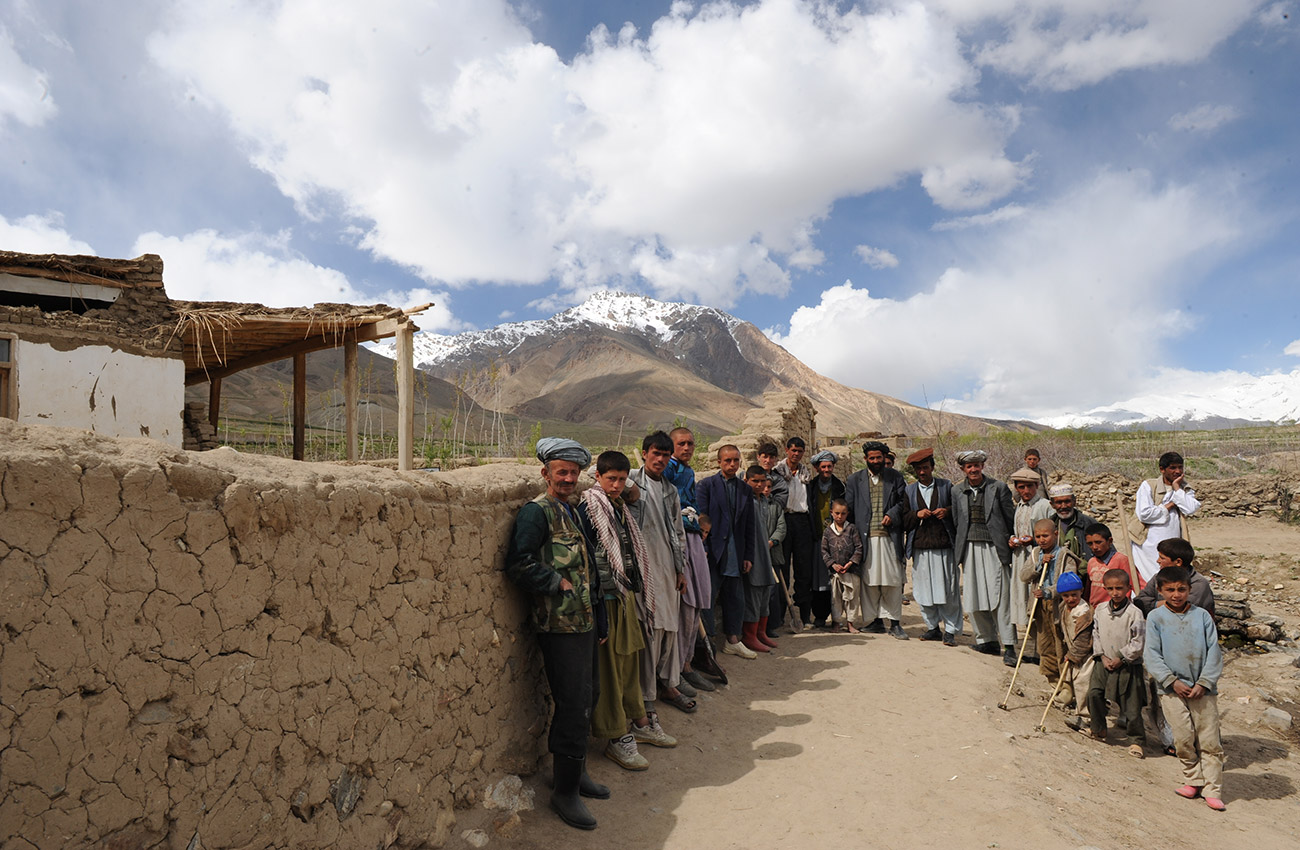USAID Releases its Largest Impact Evaluation to Date

KABUL, Afghanistan, October 16, 2015 – USAID/Afghanistan recently released the final evaluation report from its Measuring Impact of Stabilization Initiatives (MISTI) project in Afghanistan. MISTI is the largest and most complex impact evaluation that the U.S. Government has ever undertaken. Fieldwork was implemented by ACSOR Surveys, a subsidiary of D3 Systems.
Since 2012, USAID’s MISTI project conducted biannual surveys to measure and map stabilization trends and assess the impact of stabilization efforts in key districts across Afghanistan. USAID’s stabilization activities aimed to invest in infrastructure, encourage community participation in local governance, and build capacity of Afghans living in unstable districts. The ultimate objective was to reduce insurgency, increase confidence in national and sub-national governance structures, and pave the way for a peaceful and stable transition to self-sufficiency.
Over five waves of data collection, ACSOR/D3 was contracted by Management Systems International (MSI) to provide complex sampling methodology, questionnaire design, data collection, and data quality assessment. A total of 190,264 quantitative interviews were conducted in 5,093 different villages across 130 districts where stabilization programming was implemented. The research instrument included modules on governance, service provision, community cohesion and resilience, quality of life, rule of law, security, corruption, economic activity, grievances, and media usage. It also included a novel endorsement experiment used to measure support of the Taliban.
The impact evaluation objectives were to:
- Conduct routine analysis of stabilization trends in areas of interest to USAID focusing on verifying progress toward stabilization objectives and intermediate requirements as stated in the Stabilization Unit PMP;
- To provide data suitable for the matched-pairing of villages for use in future quasi-experimental and/or random control trial impact evaluations of USAID stabilization initiatives;
- To provide data for a dynamic treatment regime analysis so that different types of assistance can be evaluated over time, allowing implementing partners to determine which combinations of assistance are most likely to achieve desired outcomes;
- To provide data to measure stabilization in key program areas and fulfill reporting requirements.
Download the final MISTI Wave 5 report here.
All MISTI reports can be found on USAID’s Development Experience Clearing House (DEC).
This entry was posted on October 16, 2015
Topics: Difficult Research Environments | Impact Evaluation | International Development | Survey Results
